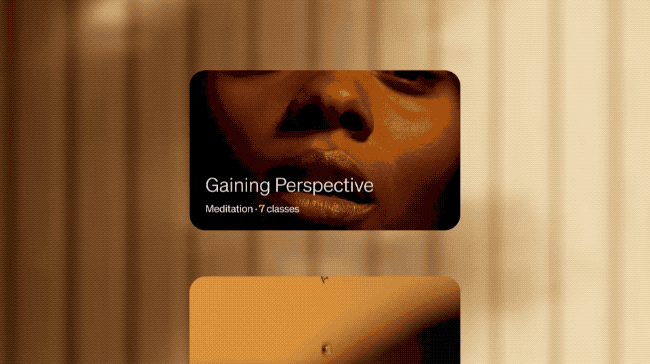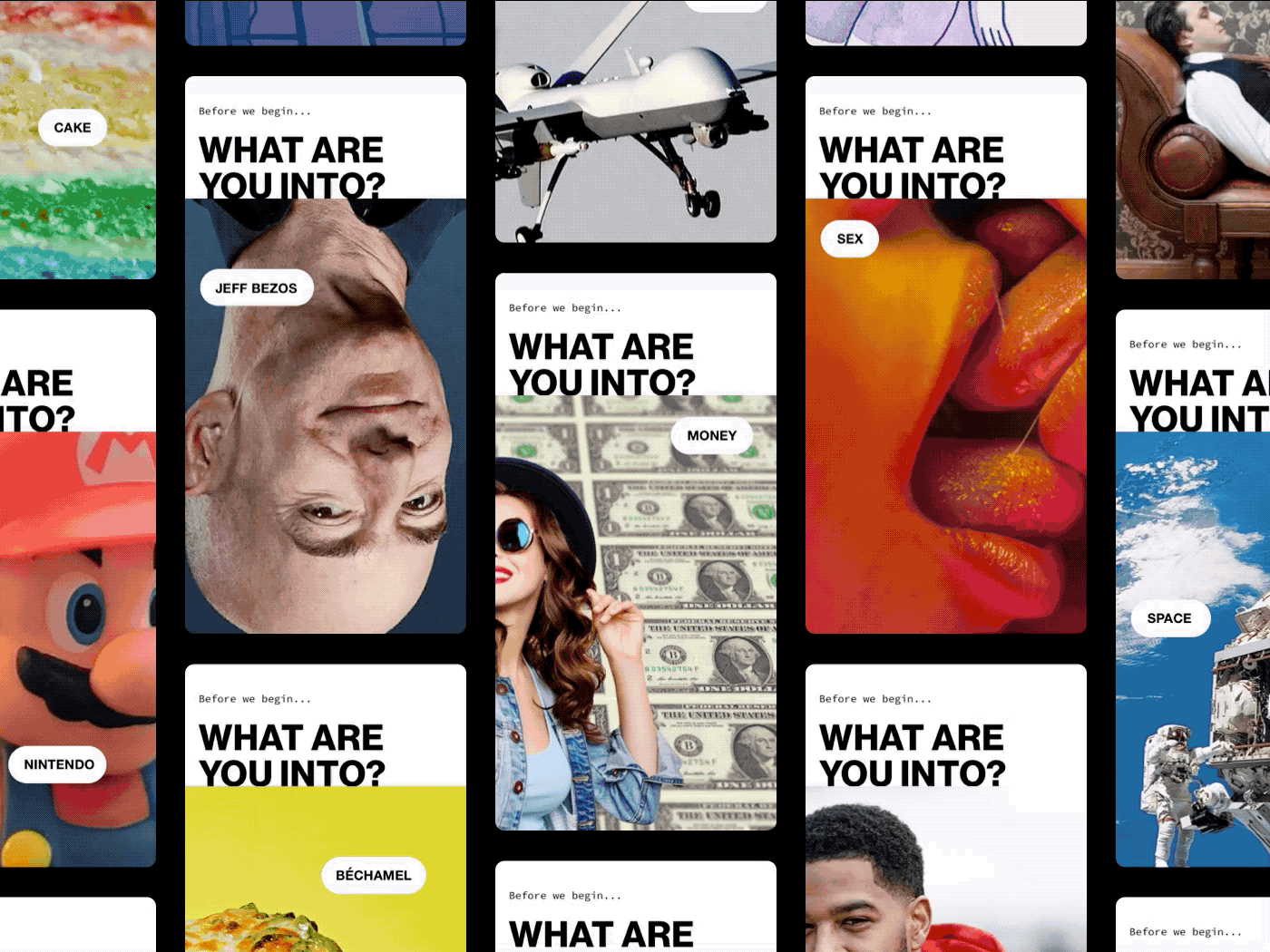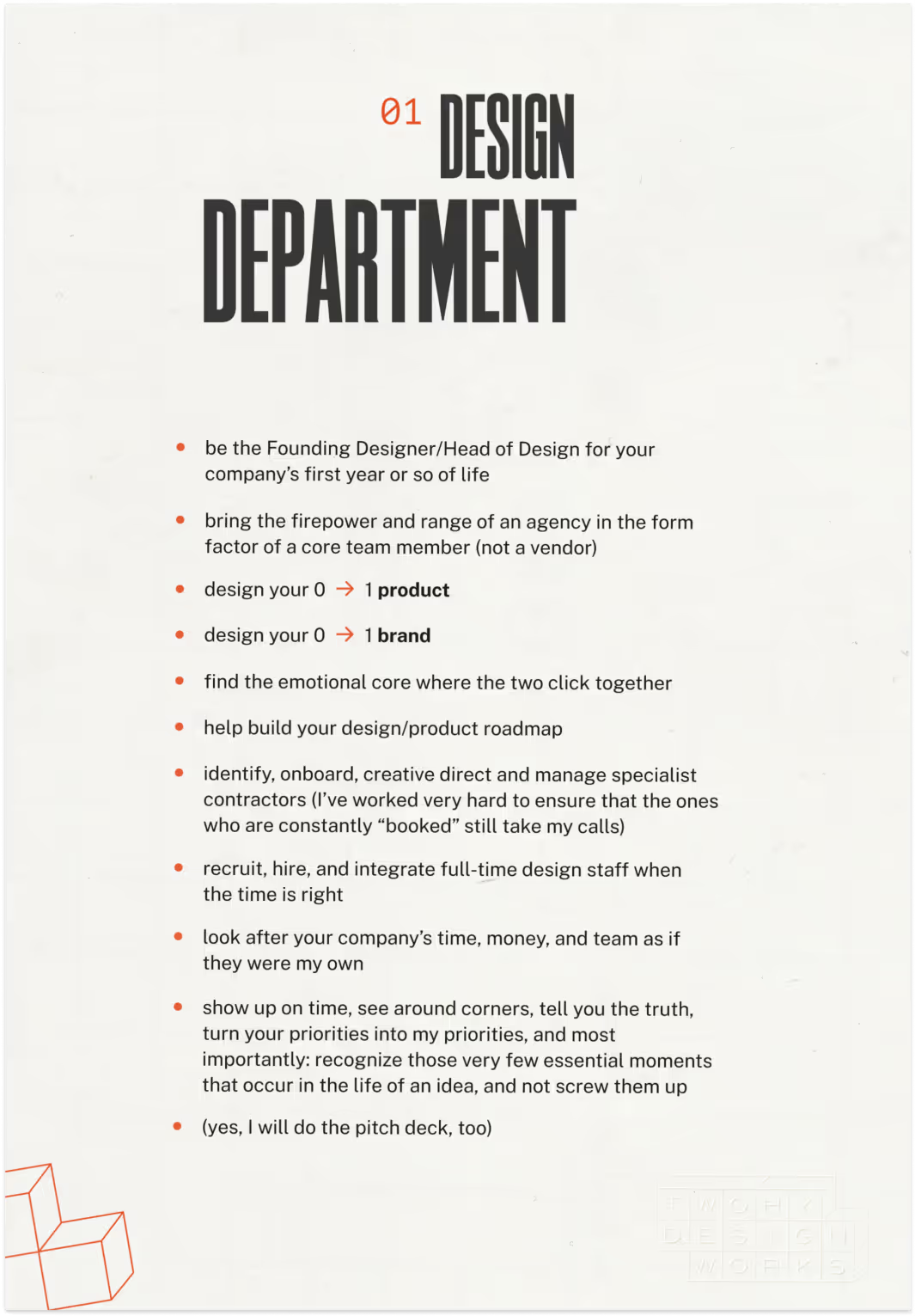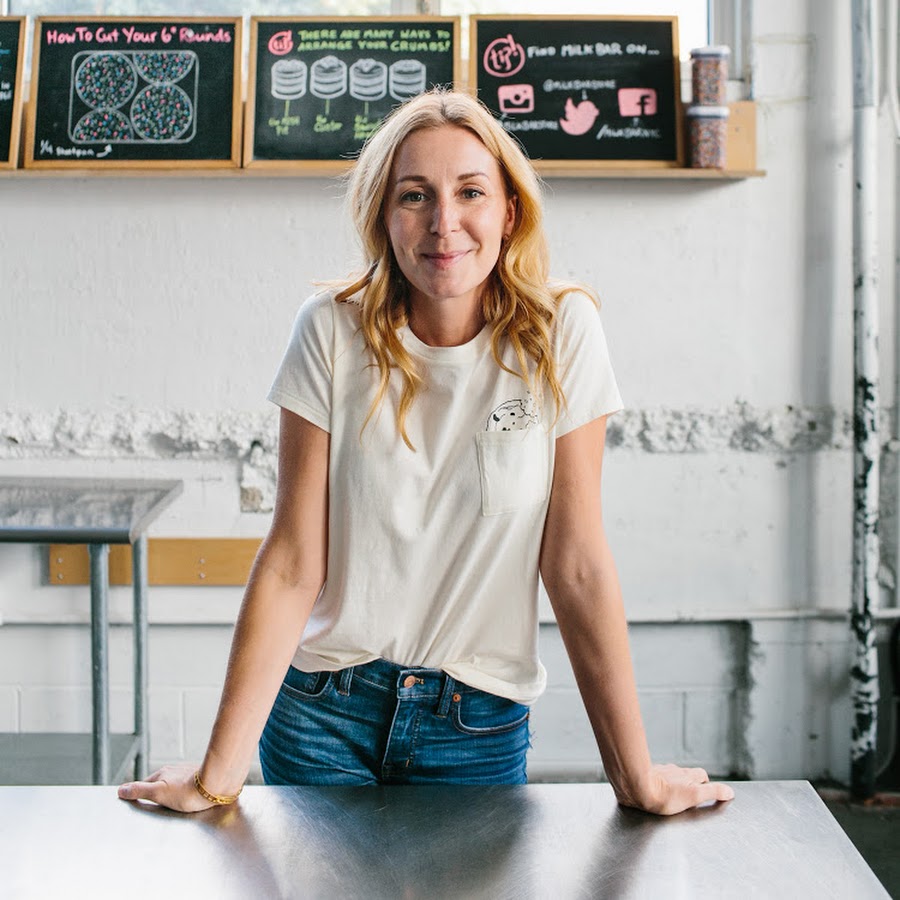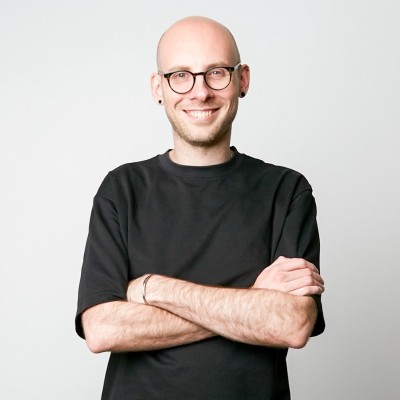




My very first memory
of using a computer was as a toy — thick keys and chunky clicks that made text and boxes light the screen. The memory is more vivid to me than the real thing, full technicolor rewind. We would spend hours navigating every menu, every command line tree, learning rigid contours of what a computer could be made to do. The computer made teriffic mechanical sounds and lived in a grey box in a corner room of the house.
There are a handful of moments that punctuate time and experience into before and after. For me, learning to program a computer was one of those. Tedious instructions punched out line by line; careful punctuation and tight structure. The cursor hovers over “run” — you click and there’s a tingly feeling as the computer becomes, briefly, something else. It’s still a grey box but now the computer is powerful and I am powerful along with it.
I am part of that generation of people for whom childhood straddled the online and offline worlds. We grew up offline — you could dial in to the internet but if someone picked up the home phone you’d get abruptly yanked back into the real world. It was tedious enough to dial back in that you generally just ran outside to throw rocks at something until it got dark. But we entered adulthood with a remarkable understanding of technology, fluency with the internet, and awareness of how our world was changing along with it. I think it’s partly for this reason that when I look around I don’t see our circumstances as inevitable, or hopeless — our world has been remade before, and surely we can do it again.
All of this was very cerebral, very left-brain and geekish. Computer as a cold but powerful tool. And then another one of those moments showed up, unexpectedly. I saved up and bought my first Mac. Brought it home, opened the lid, hit the power. I was fumbling with a hard drive getting ready to transfer all my stuff over, but then something happened. Woah. What on earth was that. I had never seen anything like that before — didn’t know that was something a computer could do. Emotion, drama, thrill. I didn’t know what to make of this at the time, but I knew I had just seen something important.
I have come to believe that all great design grows from an understanding of the human experience, and is fundamentally emotional at its core. It begins with sensitivity, instinct, curiosity, mystery, imagination. It does not begin in Figma or even on the computer at all. This knowledge is heartening to me, and gives me hope.
I’ll share one more before-and-after moment with you. This one is the most important. In college I was working on a startup company, doing computer-ish things for them. This was in the ancient times, so long ago that we were using the word “cameraphone” a lot. I had created a detailed specification for a new feature — exactly how it should behave, complete with architecture diagrams, pseudocode — the whole thing. One of the people over there kept asking me if I could just do a quick “mockup” — this really started to annoy me as I had been very precise with my spec, and I had no earthly idea what this guy was after.
Finally: “we need a mockup of the UI — what it will look like from the user’s point of view.” I squinted my eyes and processed this and then it hit me — first slowly and then all at once. He wanted a picture — a drawing — not from the perspective of the computer, but from the point of view of the human on the other end. I didn’t know that was a thing, let alone a job. Time cleaved in two again and I saw the image in my mind: the computer on one end, the human on the other, and I was in-between. I had no idea how to actually do what he was asking for but I figured…a little picture of the UI? How hard could it be…
That moment was nearly twenty years ago, and I never looked back. Working with design to shape new technologies and human experiences is a dream job, and I think it's why I am here. I try my best to not be ironic and self-deprecating about this—I take my job seriously and I work very hard at it. I still can’t believe I get paid to do it. Beats working for a living.
Of course now the grey box is gone. The computer, what we’ve made of it, is bigger than us all and we live inside it, moving through it each day. There isn’t an offline. The job of the designer is to wade through all this – to find the human out there on the other end — and look after them. The future of technology and the future of humans can no longer be considered separately — for better and worse we are in it together now, so it’s time to get serious. You’re all serious people out there, aren’t you?
A future is pulling into view: what I see is one fueled by creativity, power, and the fullest possibility of human connection. I believe in this future because we have nowhere else to go — and I invite you to join me in it.
Imagine what we will create, together.

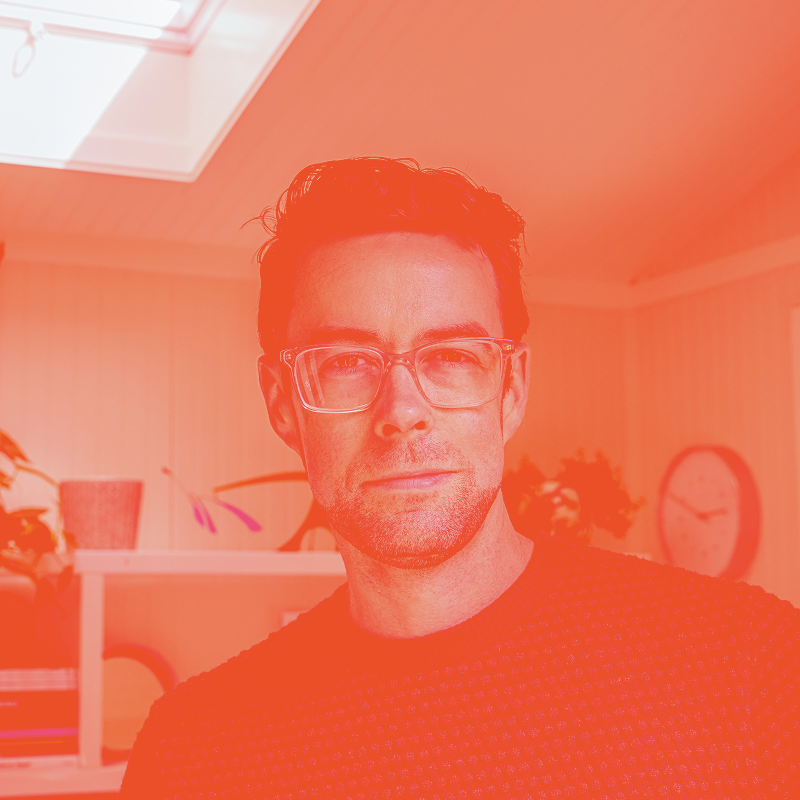
TWOHY DESIGN WORKS
is the independent studio practice of Kevin Twohy, and the ultimate design partner for early-stage companies looking to catalyze some magic. If it involves software, humans, and the space in-between — I can help you bring it to life, from scratch.
I can work alone, embed directly with your team, or quickly pull together a handful of specialists to match the challenge — all without the overhead of an agency. No decks, no big reveals, no ego, no funny business.
Featured projects
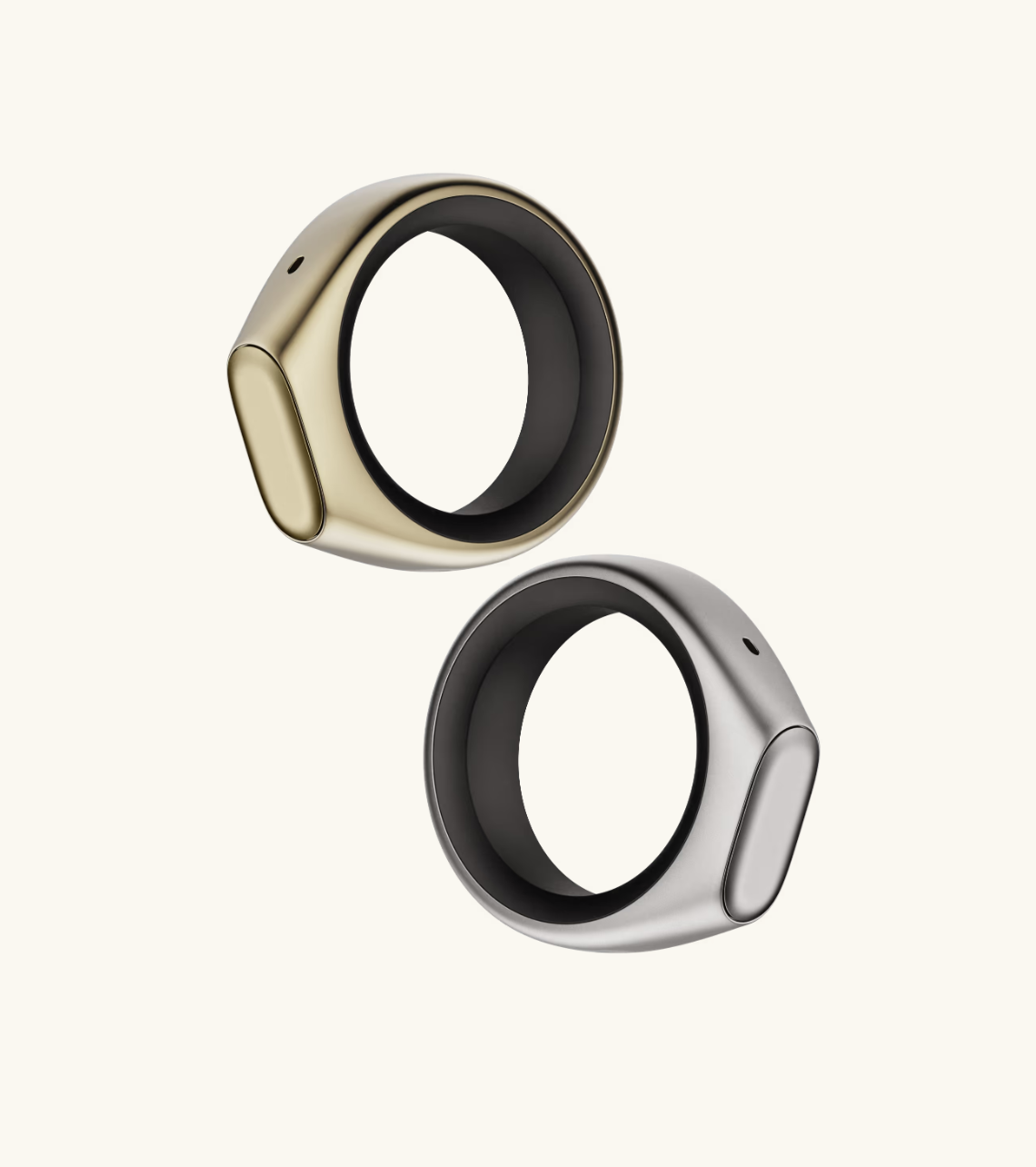
Sandbar

New York Times

Board

Milk Bar

Everlane

Vice

Mirror

Mill

Ancient Ritual

National Park Service

Kernel

Good Inside

Gagosian Gallery
Ways of working
Design department
Be the Founding Designer/Head of Design for your company’s first year or so of life
Bring the firepower and range of an agency in the form factor of a core team member (not a vendor)
Design your 0 to 1 product
Design your 0 to 1 brand
Find the emotional core where the two click together
Help build your design/product roadmap
Identify, onboard, creative direct and manage specialist contractors (I’ve worked very hard to ensure that the ones who are constantly “booked” still take my calls)
Recruit, hire, and integrate full-time design staff when the time is right
Look after your company’s time, money, and team as if they were my own
Show up on time, see around corners, tell you the truth, turn your priorities into my priorities, and most importantly: recognize those very few essential moments that occur in the life of an idea, and not screw them up
(Yes, I will do the pitch deck, too)
Design advisory
Serve as a long-term strategic design advisor for your business: focusing on design process, strategy, execution and hiring
One standing working session each month to work through high priority design opportunities. This is not a "talking" call: the goal is to actually work through design problems live and end with a solution that unblocks the work
Shared agenda so we can both be highly prepared/briefed for this time
Email me any time with more immediate questions, or to get feedback on in-progress work
Help with contract and full-time design recruiting when the time is right
Full access to my Creative Database: this is among the largest and most comprehensive databases of creative freelancers and agencies in existence. I've maintained it for over 10 years. This is the type of network that agencies typically charge exorbitantpremiums to access
Priced quarterly; paid upfront
Capabilities
select clients
Past and present
- The New York Times
- MIRROR
- Gagosian Gallery
- Everlane
- Sony
- The National Park Service
- Mill Industries
- Milk Bar
- Good Inside
- Kernel
- VICE
- Ancient Ritual
- Hello Inc.
- Casper
- Fitbit
- Daily Harvest
cORE SPECIALTIES
I do this myself
- Product Design
- Product Strategy
- Prototyping
- User Research
- Human/Computer Interaction
- Connected Hardware
- Branding
- Creative Direction
- Art Direction
- Web Design
- Packaging
- Design Systems
- Print
All the rest
I’ve got people
- Animation / Motion
- Photo/Video Production
- Frontend Development
- Ecommerce
- Copywriting
- Illustration
- 3D
- Industrial Design
- OOH Advertising
- Typography

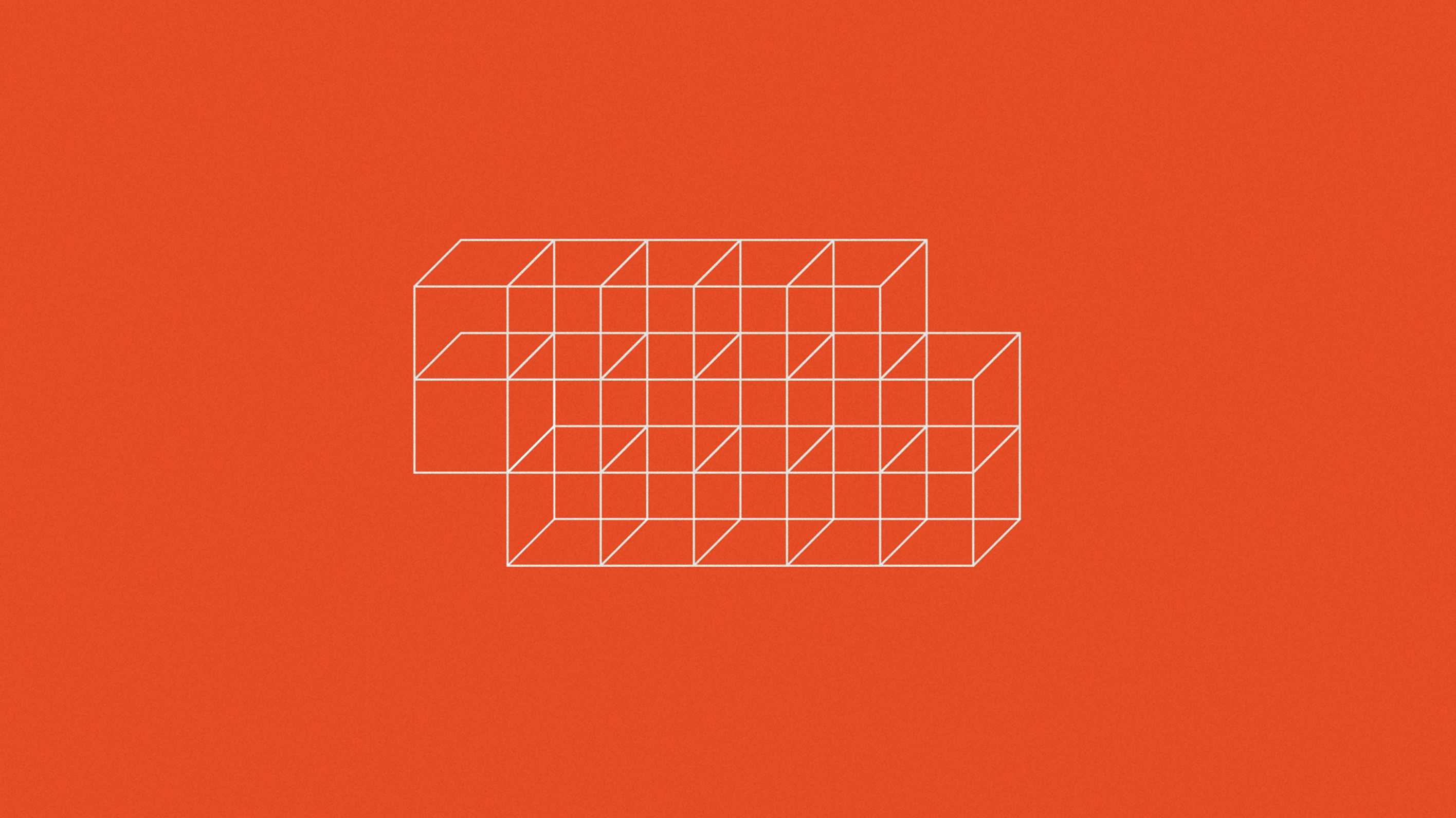
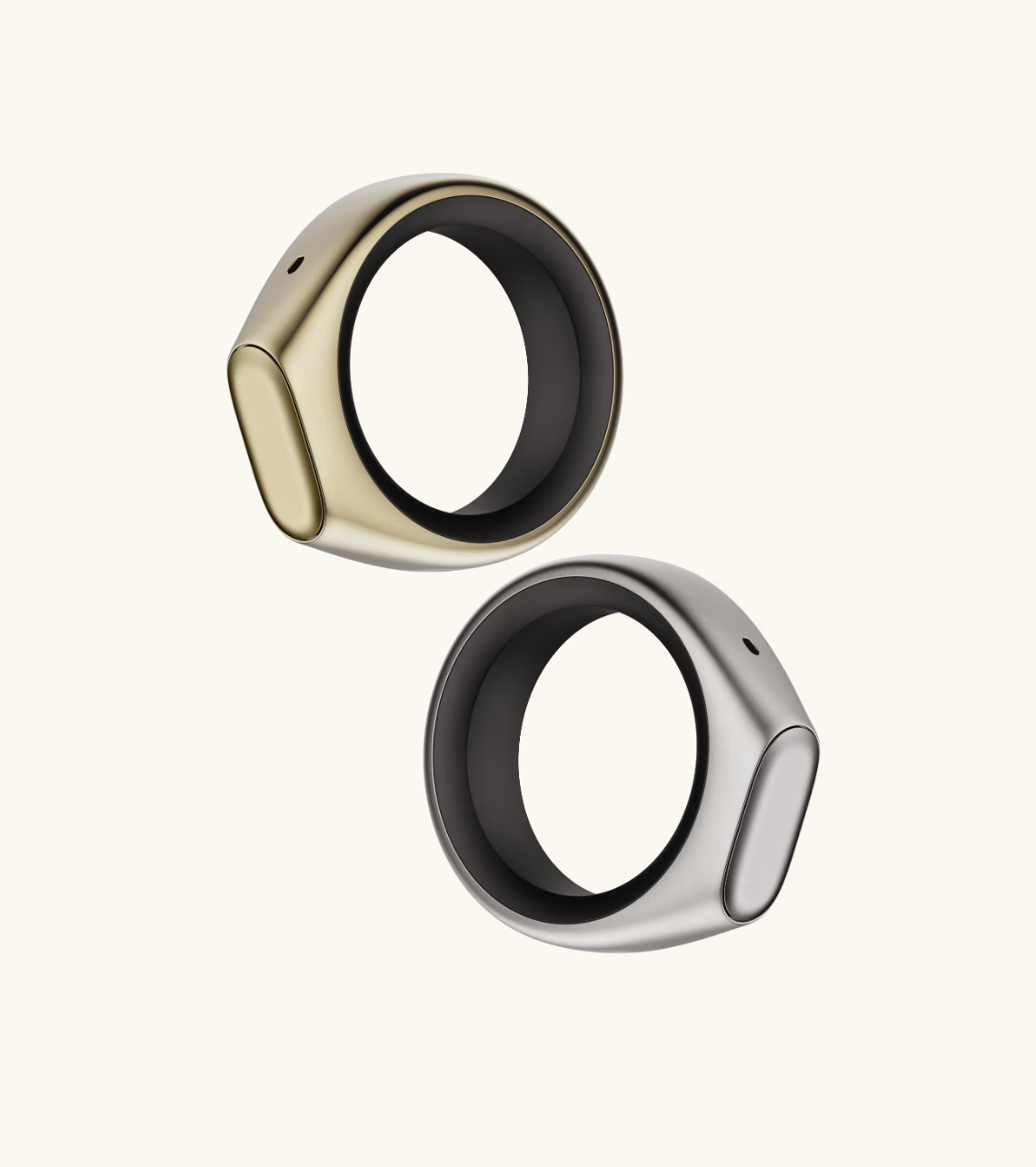
.jpg)




